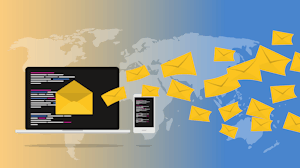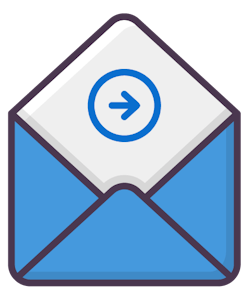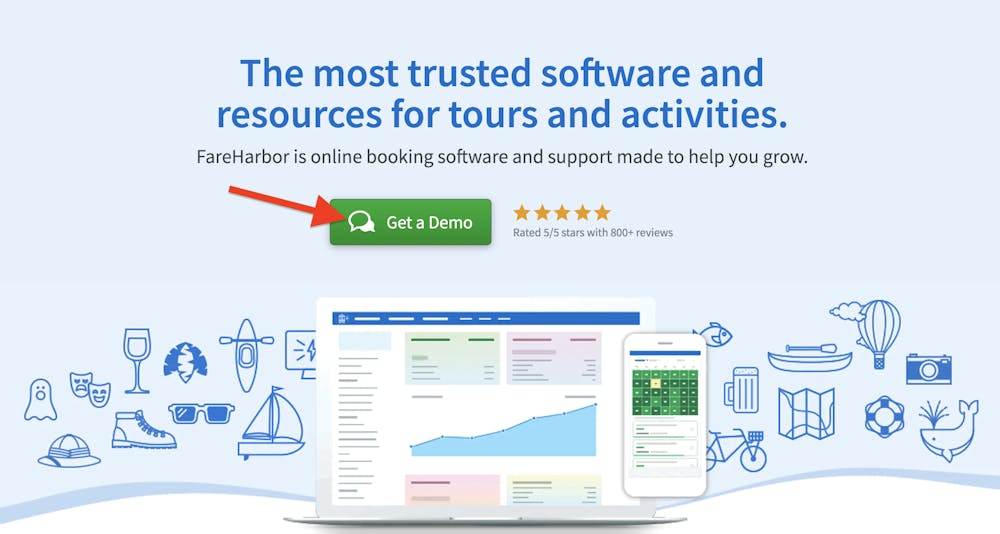- 50 minutes
- Digital Marketing
Sojern Presents: Data-Driven Strategies To Boost Your Marketing and Increase Ticket Sales
All Skill Levels
Get a behind-the-scenes-look into FareHarbor's 2024 season

Email marketing is one of the most efficient ways to reach your customers and contacts without sacrificing your time or budget. This is a year-round tactic that you can use to engage previous customers, encourage repeat purchases, and keep your business at the top of their minds — and inboxes!. Email marketing is so successful due in part to statistics like these:
91% of consumers check their email every day.
66% of consumers have made a purchase as a result of email marketing.
Among the variety of internet marketing tactics (social media, websites, blogs, and more), email marketing is one of the most cost-effective, on average bringing in $40 for every $1 spent (2019). With travelers planning vacations three months in advance, email marketing is a great way to stay top of mind when potential customers are planning a trip.

Neil Patel via Campaign Monitor
Email marketing is not only an effective way to market your tours or activities, but it also allows you to connect with existing and potential customers on a more personal level. Email marketing builds brand loyalty with existing customers, attracts and retains new customers, and allows smaller businesses to compete with larger companies for attention.
According to Tourwriter, 80% of businesses currently use email marketing, and there are many reasons why you should be one of them. This guide will cover how to create an email marketing campaign and the components of a successful marketing email.
Email campaigns are a versatile marketing tactic that businesses can tailor to fit a variety of goals and audiences. To make email marketing work for your business, there are a few components to consider.
As with every tactic in your digital marketing strategy, it’s important to define your goal or goals before designing an email marketing campaign. Would you like to improve conversions? Drive website traffic? Increase revenue? Your goal will determine what type of email campaign you use.

The key to successful email marketing is building and maintaining a killer email list — a segmented list of names and email addresses of people who give your business permission to send them personalized updates and promotions for your company.
Segmented email lists help you to keep track of your customers, understand their behavior, and target them with unique, personalized information. Depending on your goals, you can segment your lists by geography, customer personas, buyer intent, and more. You can learn more about how to create the best lists in our guide to building your email lists.
Automation only works for certain types of email campaigns, but it can be an effective way to connect with customers while taking very little of your time and effort to maintain. For example, if you’ve already created a great welcome email for people who subscribe to your blog, you can automate that email to send to every new person who subscribes. You can also create an automated email to send a thank you and customer survey after a customer has taken one of your tours or activities.

When sending a marketing email, it’s important that every single component is optimized to achieve its goal. The subject line should get people to open the email, the body copy and design should engage the reader, and the call to action should encourage them to click through to whatever action you want them to take.
Subject lines matter! About 30% of consumers decide to open an email based on the subject line alone. The goal is to grab the attention of the recipient with a clever subject line or an enticing offer. Keep it short and sweet at 40 – 50 characters. For example:
Treat subject lines as your first impression — they are the first thing that email subscribers see. Get creative and experiment with using numbers (Here’s a $10 discount just for you) or emojis to make them more enticing.
Learn how to write catchy, click-worthy subject lines here!
Once your subscribers have clicked on your email, it’s time to deliver on what the subject line promised through great content. Make sure the copy is valuable to the reader and guides them to the intent of the CTA of the email, whether that’s booking an activity, downloading a guide, or taking a survey. The tone of the email should be in line with your brand and speak directly to the customer.
The design of your emails should be consistent and fit in with your brand identity so subscribers can recognize your business every time they hear from you. It’s best to keep emails simple and easy to follow so subscribers have a clear path to clicking on the CTA.
Choose a template that works well on mobile. According to WebPageFx, 85% of travelers use their phones to manage different aspects of their trips. Your emails should make the booking flow as clear as possible. Email marketing platforms like MailChimp make this easy by providing customizable templates that are easy to use and effective, including a variety of mobile styles and an option to preview how your email will look on a smartphone screen.
The call to action or CTA is how you achieve the goal of your email campaign. It drives your reader to the next step or action you want them to take from your messaging. The CTA should always include an action word like “book,” “reserve,” or “download,” and it should be displayed prominently in the email. Feel free to get creative here, but make sure it’s clear and concise.

By perfecting these simple components, your email campaigns can bring in a lot of new and repeat business to your company without breaking the bank.
Now that you have the basics of email marketing down, head over to our guide to different types of campaigns to find the one best suited to your business goals. Not yet doing email marketing? We’ve got you covered — use this guide to help choose the right email platform for you.